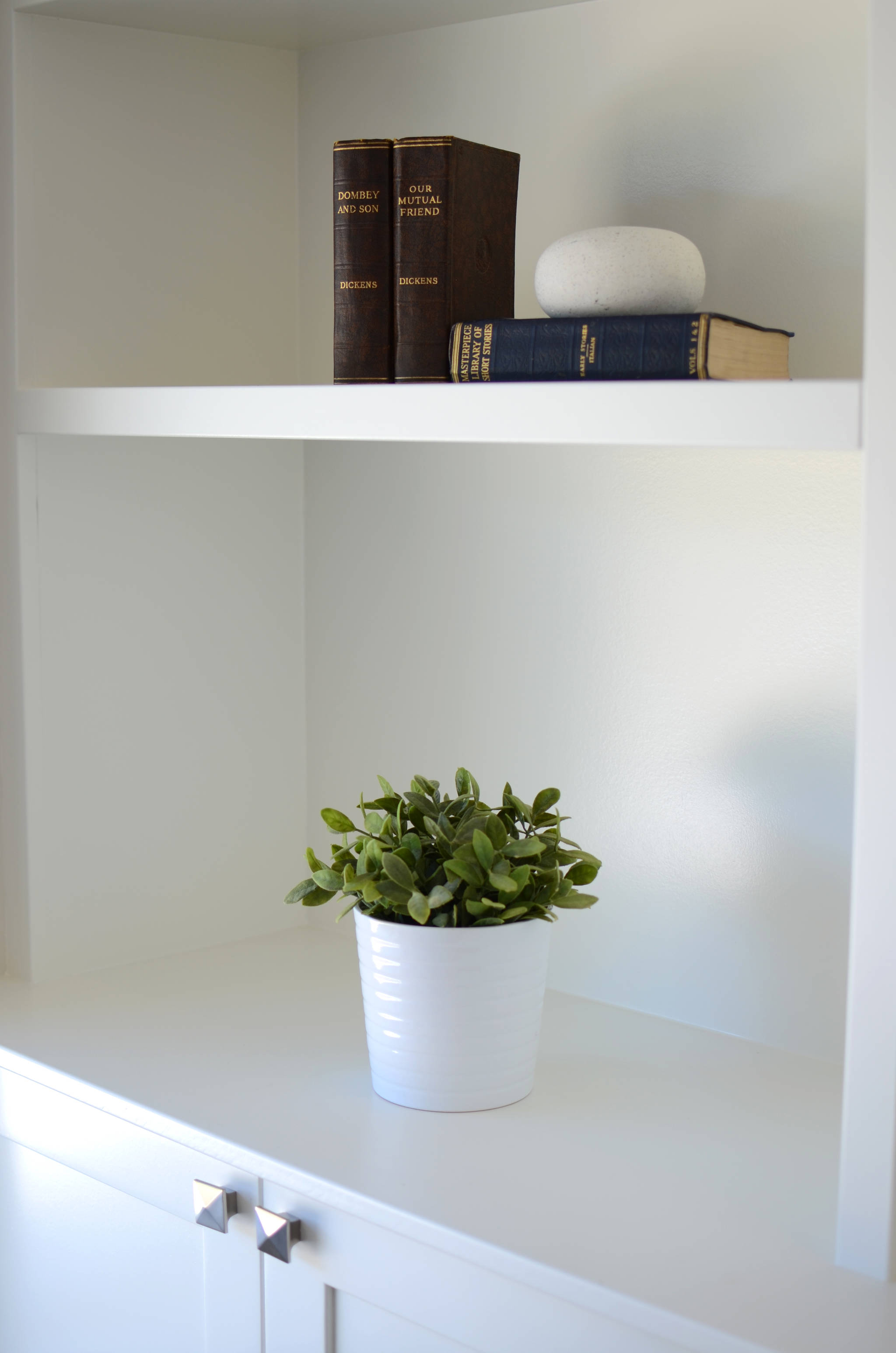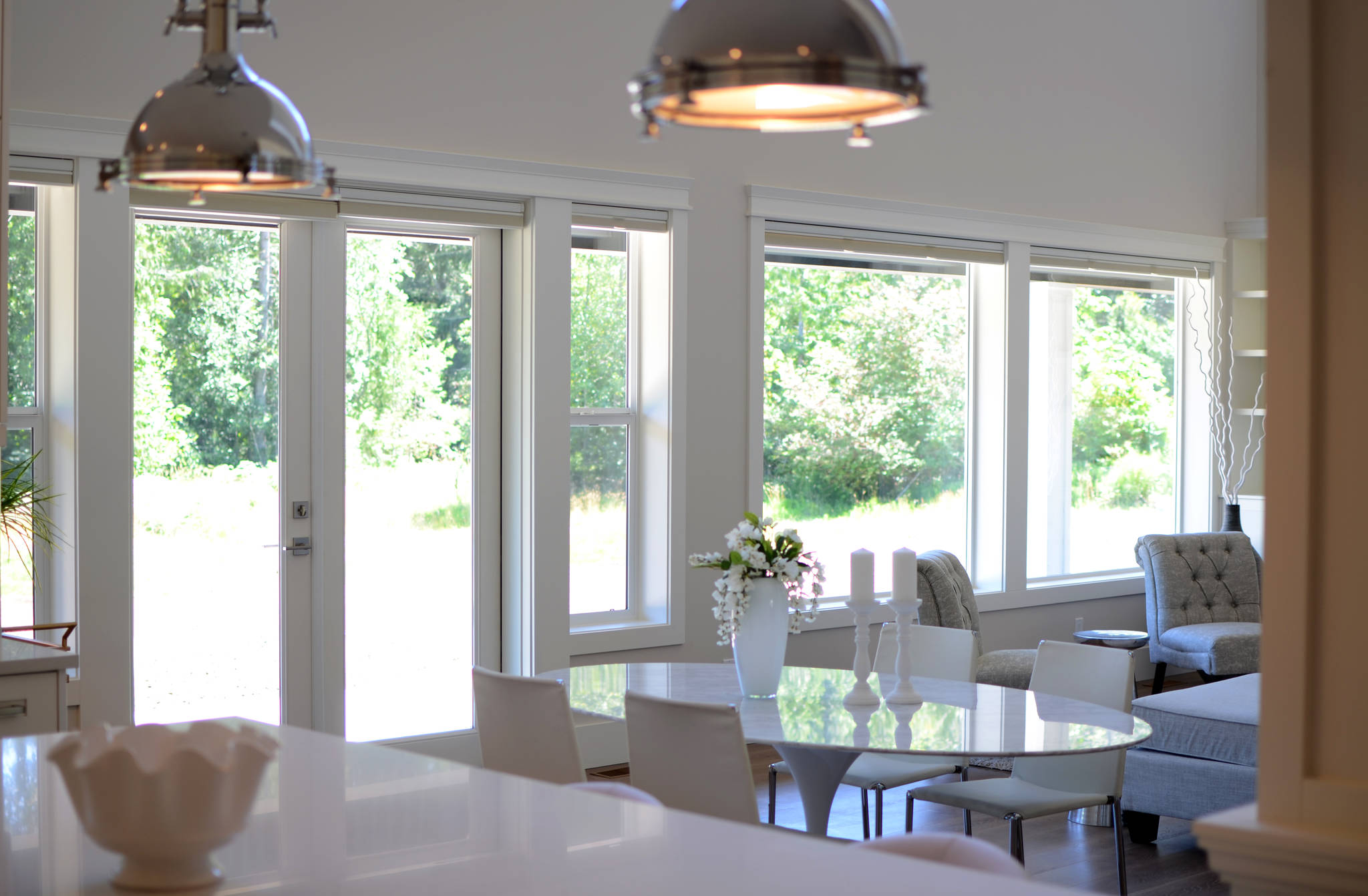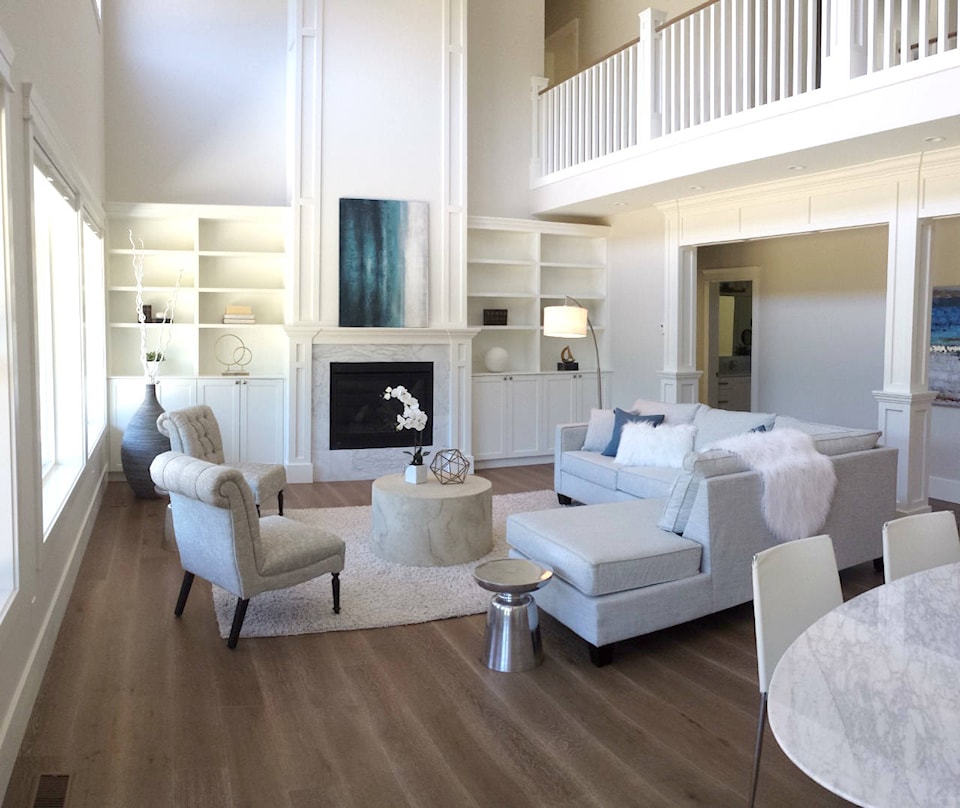Even in this strong seller’s market, a home can receive higher bids and appeal to a larger spectrum of homebuyers when proper care is invested in staging.
According to local home stager Stacey Kaminski of Interior Styles By Stacey, simplicity is best when putting a house on the market.
While bold items, oversized furniture or cluttered decoration might be charming to the seller and a few homebuyers, these features will not appeal to most and can even be a deal-breaker for some. Most buyers are on the hunt for a clean, spacious home; a place that reflects their own fresh start rather than a seller’s personal life.
“You really want to neutralize, so that across the board it’s appealing to more people,” Kaminski said.
She and business partner Tracey Jones of Remarkable Interiors stage occupied homes, working with furniture and decor already present, as well as vacant homes. Sellers looking to stage their houses without the help of a home stager must be prepared to stow away some beloved items.
“The first thing we do is we target any problem zones and address those first,” Kaminski said.
She points to decoration, furniture and wall colour as three common problem zones.
“If the living room is of a sort of squirrely layout, we would address that first.”
Sellers who have lived in their homes for a long time have likely become accustomed to complicated layouts, but for potential buyers stepping inside a home for the first time, everything is unfamiliar. Layouts should make sense, and there should be no objects in the way to trip or confuse guests.
Kaminski said, “A lot of times people are putting their home on the market and they’ve collected way too much furniture. It needs to be de-cluttered, edited, and streamlined a bit to create better walkways, so that buyers aren’t coming in and are not even able to see the property itself. They’re just looking at all the furniture and the clutter.”
She added, “Generally, people just have too many pieces because their home is for living. They might have family and extra seating. It works for them, but for selling, you want less.”
Dramatic wall colour or pattern also presents an issue.
“A lot of the time you want to neutralize that, so that it’s a nice soft palette that will appeal to broader masses of people, as opposed to a bright red feature wall that only a select number of people are going to appreciate,” she said.
Artwork follows a similar rule. If paintings are traditional, otherwise dated or jarring in the space, they can be swapped for something “a little more lively, fresher or simpler, so that the space feels new,” Kaminski suggested.
As with bringing in fresh pieces of art, bringing in fresh greenery can liven a room as well.
Items in the house should be in good condition, which means tears in furniture, burnt out bulbs and cracked floors or plaster are best fixed or replaced if necessary. Kitchens and bathrooms, as with every other room in the house, should be spotless. Before a showing, lights can be left on to ensure the house is bright before a potential buyer comes inside.
If a seller wants to take design matters into their own hands, or has budgeted for only part of a professional home staging, Kaminski suggests focusing staging efforts on the main rooms the buyer will see.
These generally include the front foyer or entrance area, living room, kitchen, and master bedroom.
“It’s just a matter of simplifying the space,” she said.
“When we have clutter, we have stress. Less is more.”





